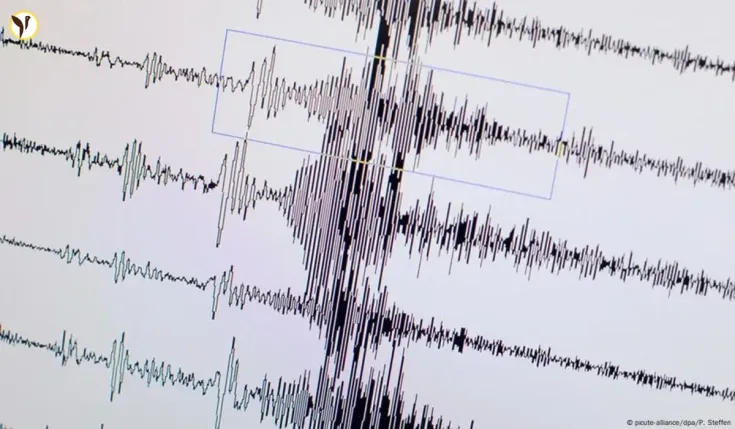A Big One Off the Coast of Chile and Argentina
Okay, so you probably heard about the massive 7.5 magnitude earthquake that hit off the coast of southern Chile and Argentina on May 2nd, 2024. Honestly, who saw that coming? It sent shockwaves – literally – across the region, triggering tsunami warnings and prompting a pretty serious evacuation effort. Early reports said damage was minimal, thankfully, but the potential for a tsunami? That was a whole other story. It’s a pretty stark reminder of how powerful nature can be and how important it is to be prepared.
The Quake's Impact: Not So Bad... Initially
The epicenter was about 225 kilometers from Ushuaia, Argentina, and 218 kilometers from Puerto Williams, Chile. It hit at a relatively shallow depth of 10 kilometers, which is what made it so potent. The Chilean National Disaster Prevention and Response System (SENAPRED) initially reported minimal damage. But with a quake that strong, you know things could easily escalate. That’s why authorities immediately issued evacuation orders, especially around the Strait of Magellan. It felt like watching a slow-motion train wreck waiting to happen.
The Tsunami Scare: Evacuations and Waiting
The US Tsunami Warning Centers issued alerts, warning of potentially dangerous waves. Videos online showed the organized evacuation of coastal communities. Even though early reports pointed to low damage, the possibility of waves reaching 1-3 meters on the Chilean mainland warranted a full-scale evacuation. You could really feel the tension in those videos; people were clearly taking this very seriously.
Expert Opinions and What We Can Learn
Geographer Marcelo Lagos explained that while the epicenter's distance lessened the immediate impact, the local geography could amplify the wave heights. He pointed out that the relatively low number of casualties was likely due to the sparsely populated areas most at risk. This whole event really highlights the need for ongoing preparedness in earthquake-prone regions. Sticking to official sources like SENAPRED (Chile) and their Argentinian counterparts is absolutely key.
Preparing for the Next One: It's Not a Matter of *If*, But *When*
The 2024 Chile-Argentina earthquake is a reminder of how unpredictable seismic activity can be, and how devastating things like tsunamis can be. We're talking about secondary effects that can be just as impactful, if not more so, than the initial earthquake. Staying informed, creating a personal emergency plan, and getting involved in your community's preparedness initiatives are vital for anyone living in a high-risk zone. Knowing where to find official warnings and having a planned evacuation route could save lives.
It's easy to feel helpless when facing such powerful events. But taking proactive steps – knowing what to do, where to go, and who to trust – is empowering. This event serves as a powerful reminder of that. It’s a reminder that being informed is being prepared. Let's hope this experience informs future preparations and strategies for a more resilient future.







